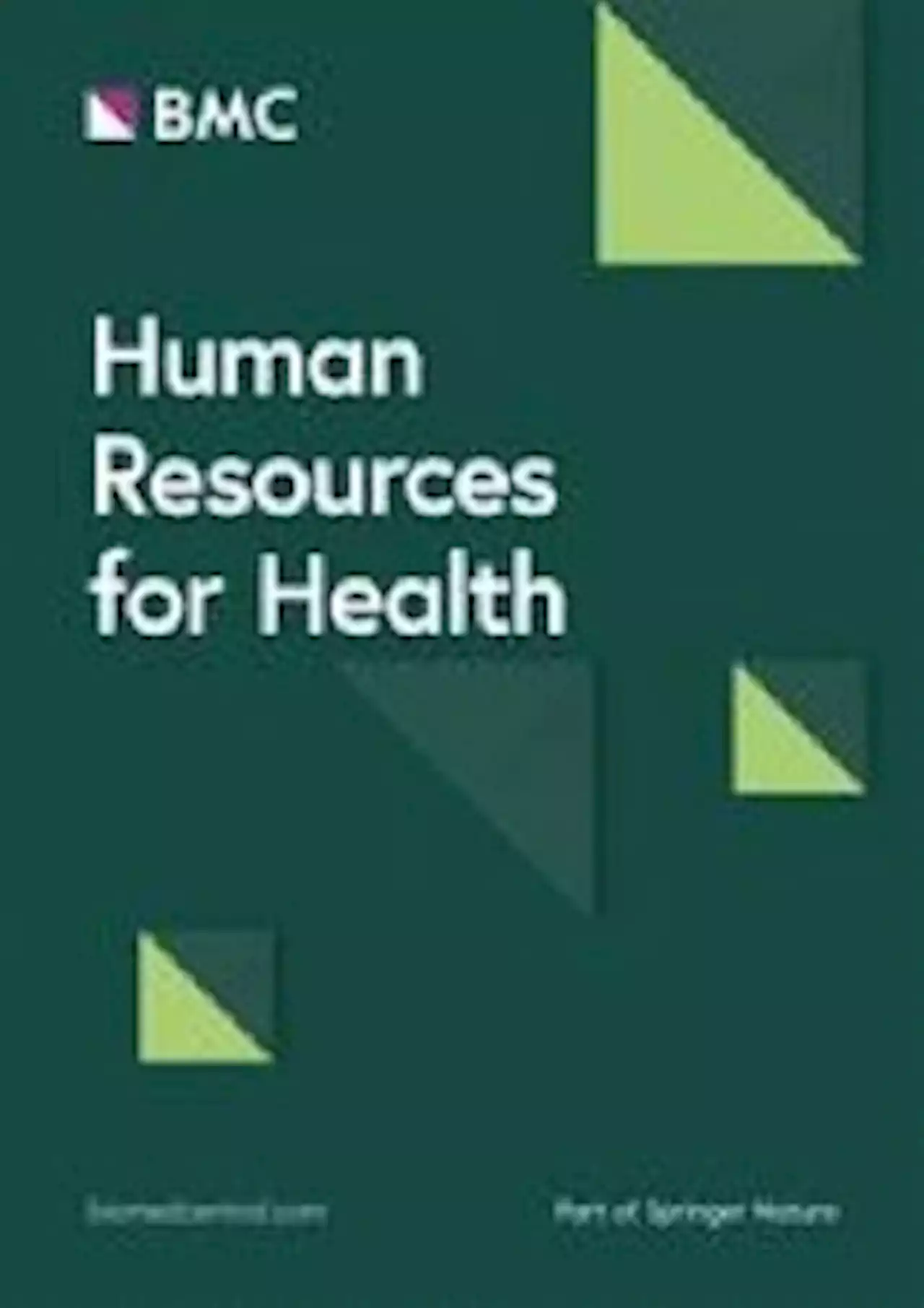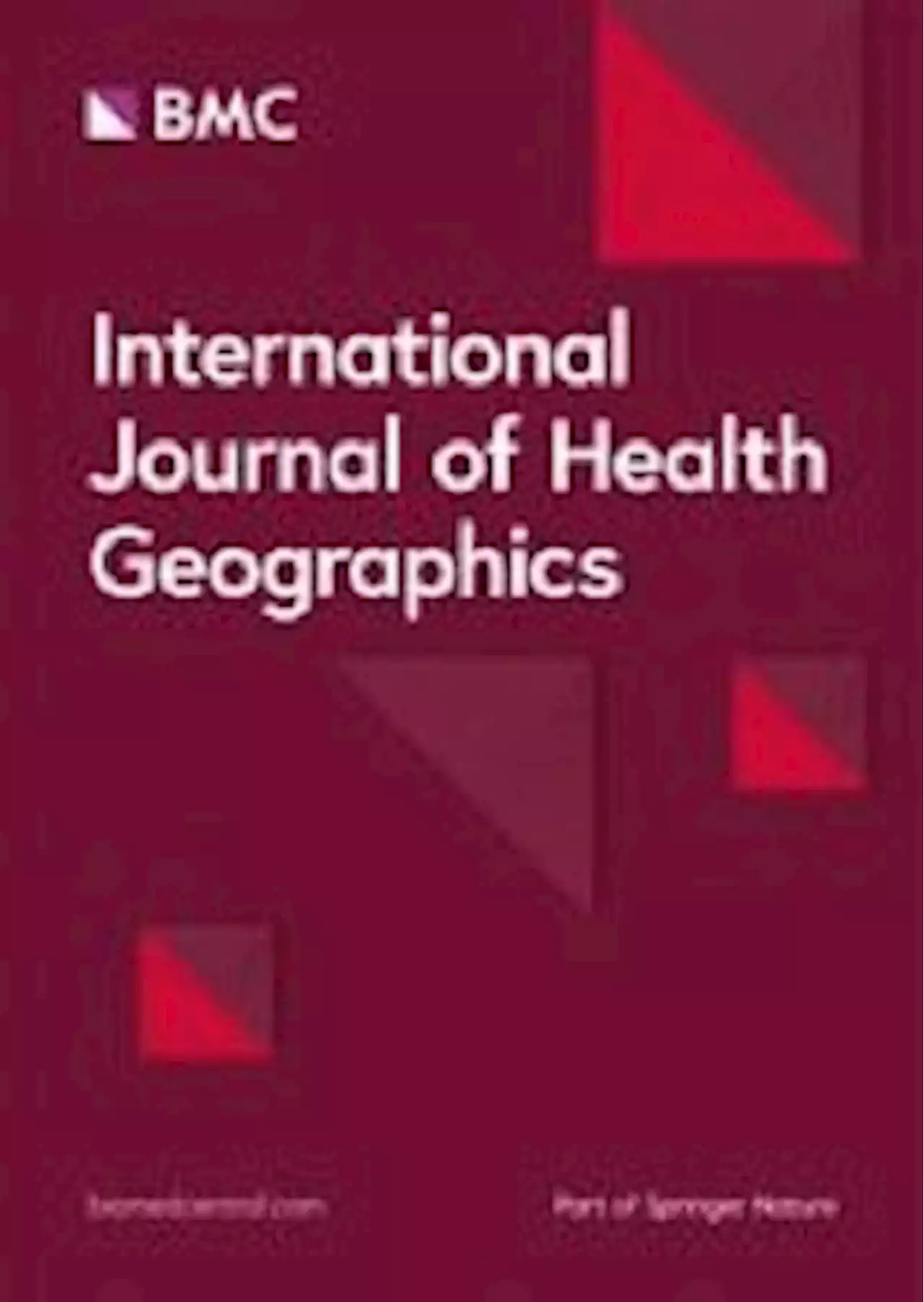The facilities, which include saunas and steam rooms, were forced to close during the pandemic and have not been used since.
HEALTH suites at Glasgow Club venues across the city will not be reopened as part of plans to save just over £1 million — but a Conservative councillor is calling for the decision to be reversed.
suites, with Glasgow Club Gorbals, Tollcross, Bellahouston, Springburn, Maryhill, North Woodside, Easterhouse Pool, Drumchapel Pool and Castlemilk Pool affected.Councillor Thomas Kerr, the Conservative group leader, said the closure of the suite in Tollcross is a “devastating blow” for his constituents.However, an SNP group spokesman said Councillor Kerr’s “concern for his community did not extend to actually proposing anything in the budget”.
“This is the brutal reality of savage cuts being passed by the SNP-Green government to our council,” he added.“They see it as a vital asset for the community and a place to improve people’s mental well-being. The health suite is worth fighting for and I will be doing just that in a bid to ensure it can remain open for my constituents and the whole of the city.
United Kingdom Latest News, United Kingdom Headlines
Similar News:You can also read news stories similar to this one that we have collected from other news sources.
 Glasgow gangster will stay in prison for murder of crime writer outside sex clubThe Court of Criminal Appeal in Edinburgh rejected Christopher Hughes' appeal against conviction for his part in the execution of Martin Kok in the Netherlands.
Glasgow gangster will stay in prison for murder of crime writer outside sex clubThe Court of Criminal Appeal in Edinburgh rejected Christopher Hughes' appeal against conviction for his part in the execution of Martin Kok in the Netherlands.
Read more »
 Glasgow's health board apologises after patient fractures hip in their careGLASGOW’S health board has been asked to apologise after a 'very disorientated' patient fell out of bed and fractured their hip.
Glasgow's health board apologises after patient fractures hip in their careGLASGOW’S health board has been asked to apologise after a 'very disorientated' patient fell out of bed and fractured their hip.
Read more »
 The impact of COVID-19 on the mental health and substance use health (MHSUH) workforce in Canada: a mixed methods study - Human Resources for HealthBackground The increased need for mental health and substance use health (MHSUH) services during the COVID-19 pandemic underscores the need to better understand workforce capacity. This study aimed to examine the pandemic’s impact on the capacity of MHSUH service providers and to understand reasons contributing to changes in availability or ability to provide services. Methods We conducted a mixed method study including a pan-Canadian survey of 2177 providers of MHSUH services and semi-structured interviews with 13 key informants. Survey participants answered questions about how the pandemic had changed their capacity to provide services, reasons for changes in capacity, and how their practice had during the pandemic. Thematic analysis of key informant interviews was conducted to gain a deeper understanding of the impact of the pandemic on the MHSUH workforce. Results Analyses of the survey data indicated that the pandemic has had diverse effects on the capacity of MHSUH workers to provide services: 43% indicated decreased, 24% indicated no change, and 33% indicated increased capacity. Logistic regression analyses showed that privately funded participants had 3.2 times greater odds of increased capacity (B = 1.17, p | 0.001), and participants receiving funding from a mix of public and private sources had 2.4 times greater odds of increased capacity (B = 0.88, p | 0.001) compared to publicly funded participants. Top reasons for decreases included lockdown measures and clients lacking access or comfort with virtual care. Top reasons for increases included using virtual care and more people having problems relevant to the participant's skills. Three themes were constructed from thematic analysis of key informant interviews: the differential impact of public health measures, long-term effects of pandemic work conditions, and critical gaps in MHSUH workforce data. Conclusions The COVID-19 pandemic has had a substantial impact on the capacity of the MHSUH workforce to pro
The impact of COVID-19 on the mental health and substance use health (MHSUH) workforce in Canada: a mixed methods study - Human Resources for HealthBackground The increased need for mental health and substance use health (MHSUH) services during the COVID-19 pandemic underscores the need to better understand workforce capacity. This study aimed to examine the pandemic’s impact on the capacity of MHSUH service providers and to understand reasons contributing to changes in availability or ability to provide services. Methods We conducted a mixed method study including a pan-Canadian survey of 2177 providers of MHSUH services and semi-structured interviews with 13 key informants. Survey participants answered questions about how the pandemic had changed their capacity to provide services, reasons for changes in capacity, and how their practice had during the pandemic. Thematic analysis of key informant interviews was conducted to gain a deeper understanding of the impact of the pandemic on the MHSUH workforce. Results Analyses of the survey data indicated that the pandemic has had diverse effects on the capacity of MHSUH workers to provide services: 43% indicated decreased, 24% indicated no change, and 33% indicated increased capacity. Logistic regression analyses showed that privately funded participants had 3.2 times greater odds of increased capacity (B = 1.17, p | 0.001), and participants receiving funding from a mix of public and private sources had 2.4 times greater odds of increased capacity (B = 0.88, p | 0.001) compared to publicly funded participants. Top reasons for decreases included lockdown measures and clients lacking access or comfort with virtual care. Top reasons for increases included using virtual care and more people having problems relevant to the participant's skills. Three themes were constructed from thematic analysis of key informant interviews: the differential impact of public health measures, long-term effects of pandemic work conditions, and critical gaps in MHSUH workforce data. Conclusions The COVID-19 pandemic has had a substantial impact on the capacity of the MHSUH workforce to pro
Read more »
 Estimating the local spatio‐temporal distribution of malaria from routine health information systems in areas of low health care access and reporting - International Journal of Health GeographicsBackground Reliable surveillance systems are essential for identifying disease outbreaks and allocating resources to ensure universal access to diagnostics and treatment for endemic diseases. Yet, most countries with high disease burdens rely entirely on facility-based passive surveillance systems, which miss the vast majority of cases in rural settings with low access to health care. This is especially true for malaria, for which the World Health Organization estimates that routine surveillance detects only 14% of global cases. The goal of this study was to develop a novel method to obtain accurate estimates of disease spatio-temporal incidence at very local scales from routine passive surveillance, less biased by populations' financial and geographic access to care. Methods We use a geographically explicit dataset with residences of the 73,022 malaria cases confirmed at health centers in the Ifanadiana District in Madagascar from 2014 to 2017. Malaria incidence was adjusted to account for underreporting due to stock-outs of rapid diagnostic tests and variable access to healthcare. A benchmark multiplier was combined with a health care utilization index obtained from statistical models of non-malaria patients. Variations to the multiplier and several strategies for pooling neighboring communities together were explored to allow for fine-tuning of the final estimates. Separate analyses were carried out for individuals of all ages and for children under five. Cross-validation criteria were developed based on overall incidence, trends in financial and geographical access to health care, and consistency with geographic distribution in a district-representative cohort. The most plausible sets of estimates were then identified based on these criteria. Results Passive surveillance was estimated to have missed about 4 in every 5 malaria cases among all individuals and 2 out of every 3 cases among children under five. Adjusted malaria estimates were less biased by differenc
Estimating the local spatio‐temporal distribution of malaria from routine health information systems in areas of low health care access and reporting - International Journal of Health GeographicsBackground Reliable surveillance systems are essential for identifying disease outbreaks and allocating resources to ensure universal access to diagnostics and treatment for endemic diseases. Yet, most countries with high disease burdens rely entirely on facility-based passive surveillance systems, which miss the vast majority of cases in rural settings with low access to health care. This is especially true for malaria, for which the World Health Organization estimates that routine surveillance detects only 14% of global cases. The goal of this study was to develop a novel method to obtain accurate estimates of disease spatio-temporal incidence at very local scales from routine passive surveillance, less biased by populations' financial and geographic access to care. Methods We use a geographically explicit dataset with residences of the 73,022 malaria cases confirmed at health centers in the Ifanadiana District in Madagascar from 2014 to 2017. Malaria incidence was adjusted to account for underreporting due to stock-outs of rapid diagnostic tests and variable access to healthcare. A benchmark multiplier was combined with a health care utilization index obtained from statistical models of non-malaria patients. Variations to the multiplier and several strategies for pooling neighboring communities together were explored to allow for fine-tuning of the final estimates. Separate analyses were carried out for individuals of all ages and for children under five. Cross-validation criteria were developed based on overall incidence, trends in financial and geographical access to health care, and consistency with geographic distribution in a district-representative cohort. The most plausible sets of estimates were then identified based on these criteria. Results Passive surveillance was estimated to have missed about 4 in every 5 malaria cases among all individuals and 2 out of every 3 cases among children under five. Adjusted malaria estimates were less biased by differenc
Read more »
